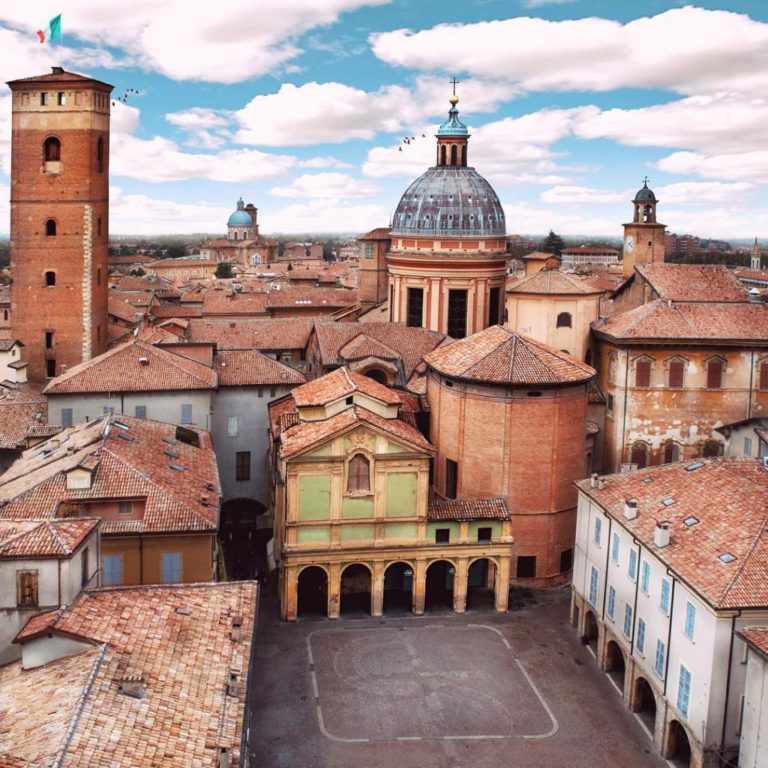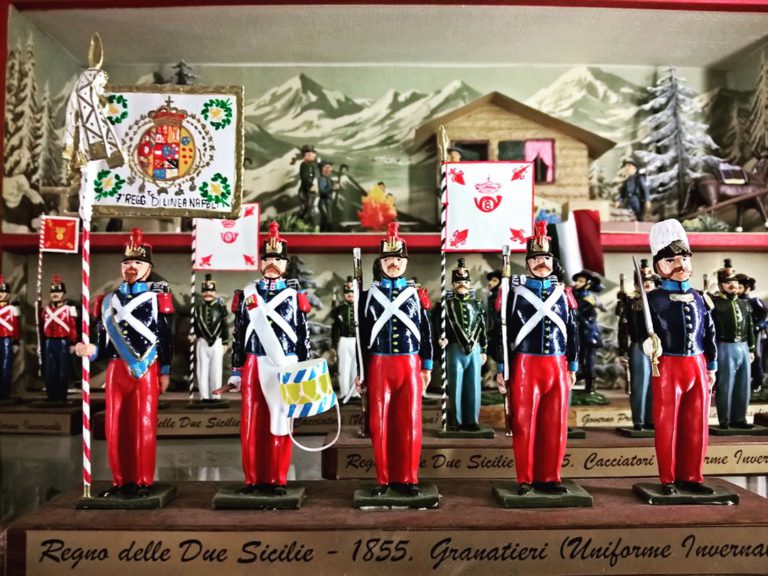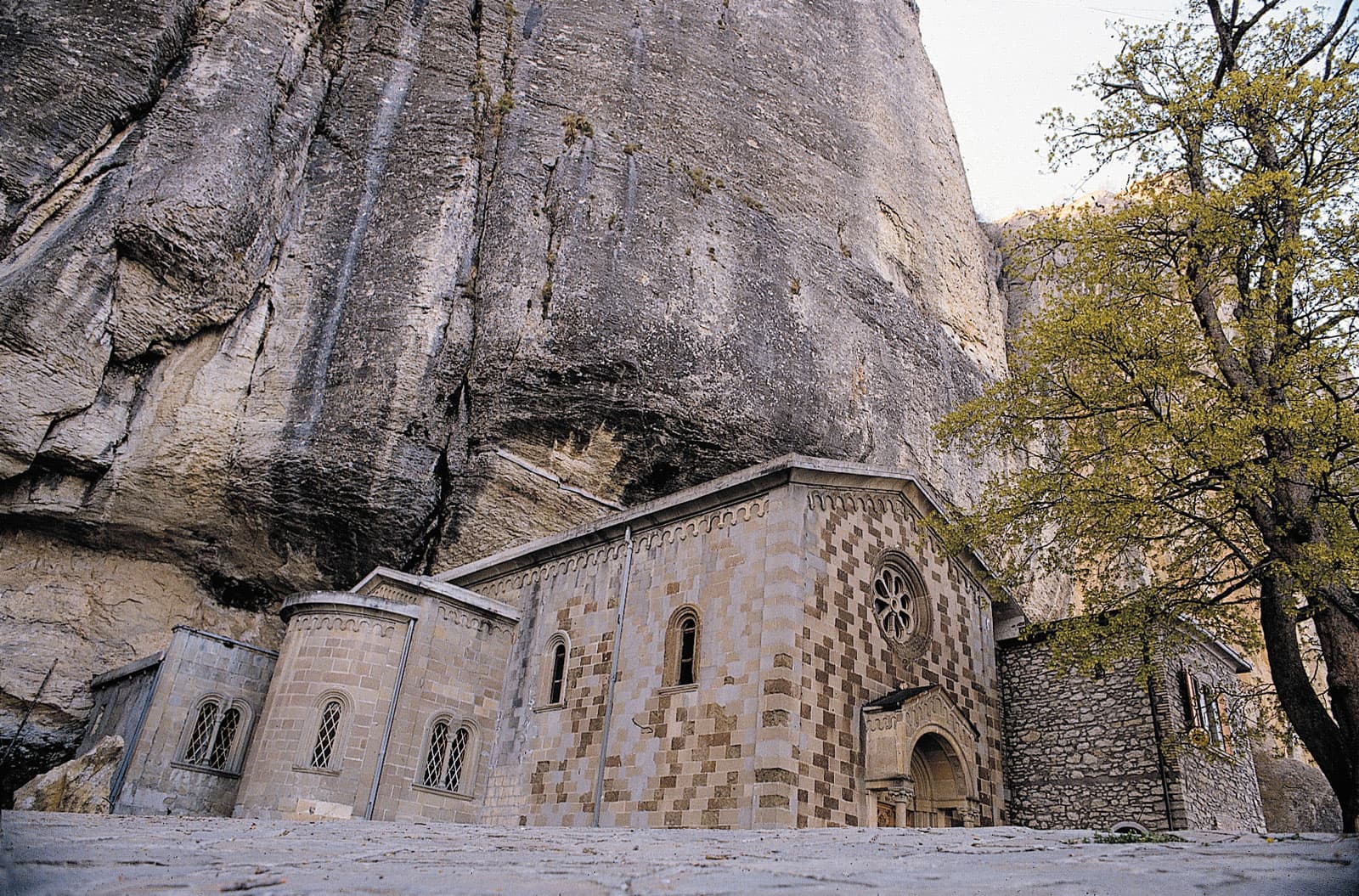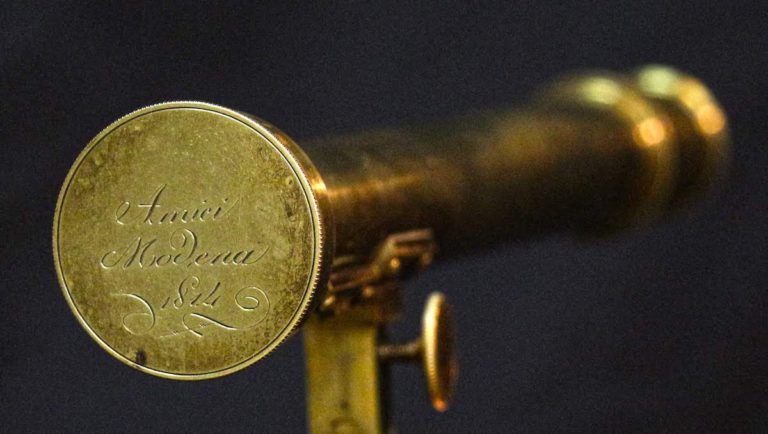Photo tour leading from Rubiera, in the Reggio Emilia province, to San Giovanni in Persiceto, a stone’s throw from Bologna.
It starts with the exhibitions proposed by Linea di Confine per la Fotografia Contemporanea (as part of the Fotografia Europea 2021 Festival) and reaches the Astronomical and Naturalistic Area, which is part of the Museo del Cielo e della Terra. Within this very area there are also the Giorgio Abetti Municipal Astronomical Observatory and the Municipal Planetarium. And a camera obscura.
The moon is precisely the thread. The real moon and the imagistic one, filled with philosophical, literary and mythological meanings. The latter is actually the focus of Lunario by Guido Guidi – a thirty-year photographic journey on this issue – on display at the Ospitale di Rubiera. Curated by Andrea Simi, the exhibition includes unpublished materials and the photographic series at the heart of the book Guido Guidi. Lunario 1968-1999 (Mack, London 2020).
The author records these “lunar apparitions” by using the technological features of the photographic medium, with its mechanical nature and its aptitude for investigating optical, physical and natural phenomena.
Still in Rubiera, Luca Nostri, who investigated some local photographic collections in the context of a doctoral project at Plymouth University, presents Quattro cortili. It’s kind of an eclectic family album, dealing with four photographic series (dating from 19th to 20th century), developing from some courtyards in the Lugo area and the surrounding countryside in different historical moments and part of a research on the social landscape of the lowlands.
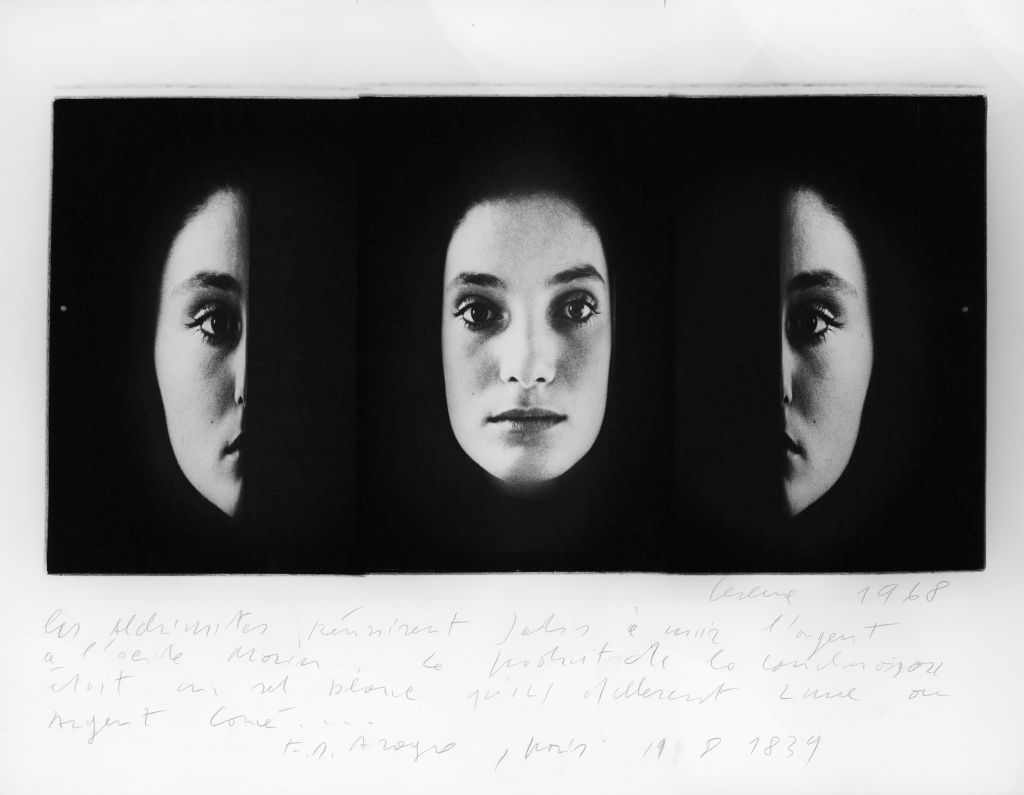
Guido Guidi | Cesena 1968
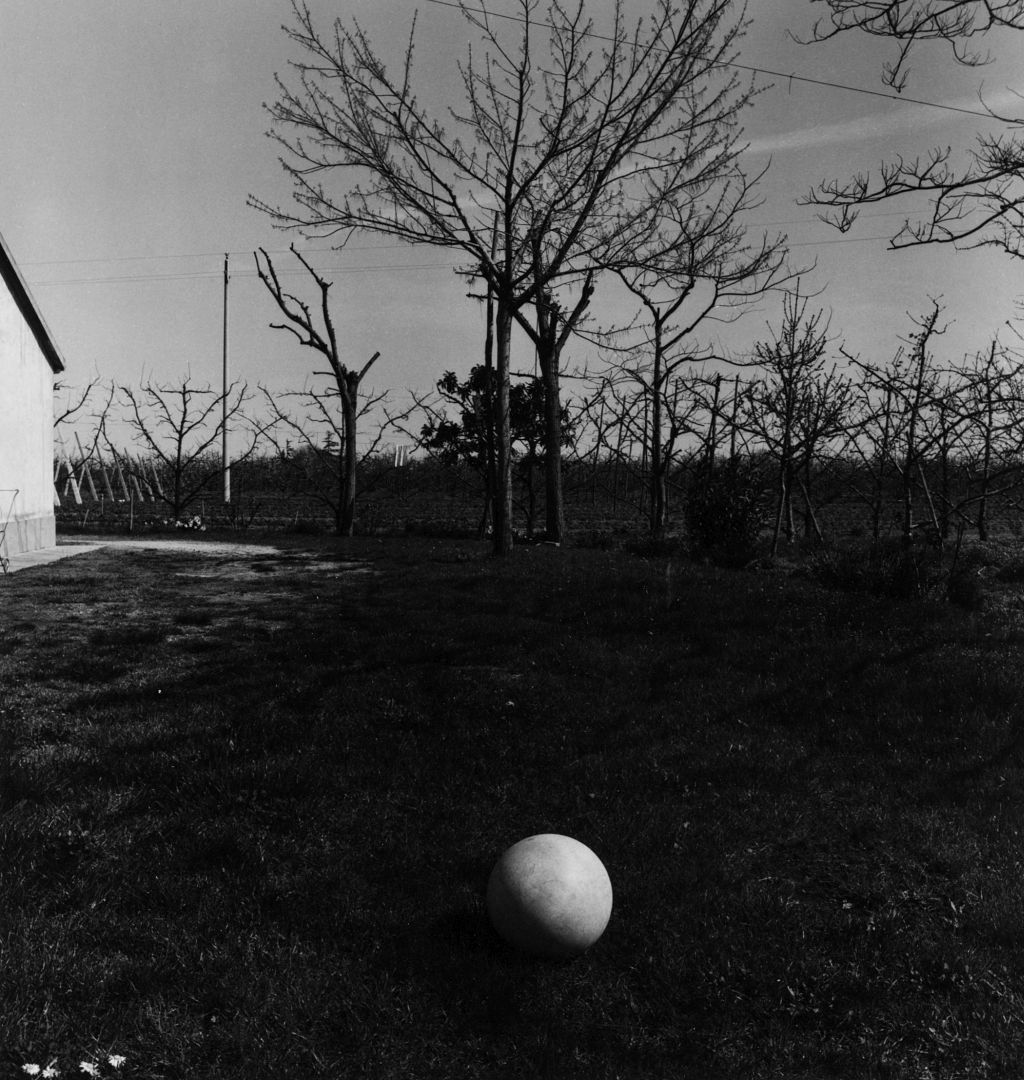
Guido Guidi | Ronta 1980
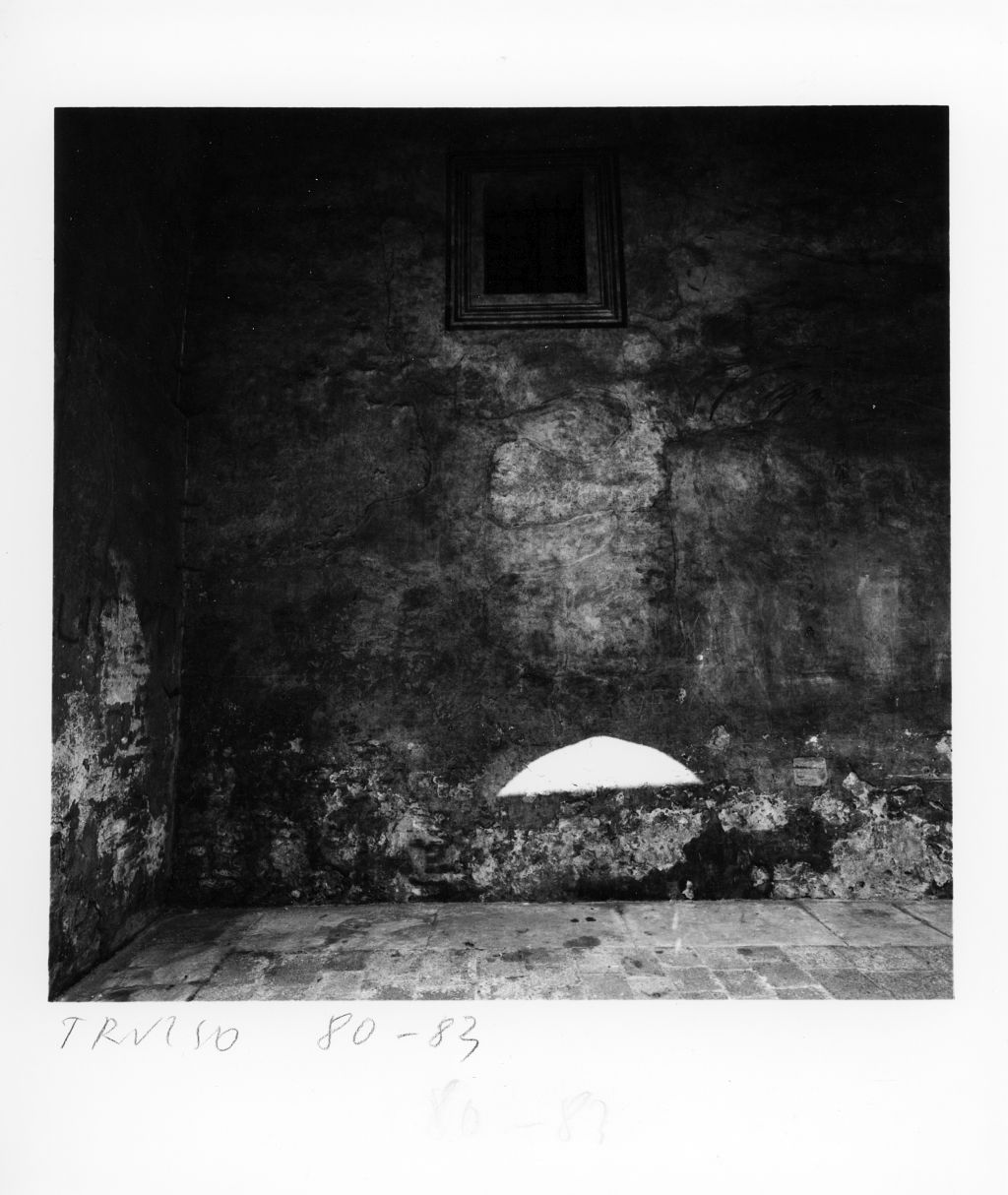
Guido Guidi | Treviso 1980-83
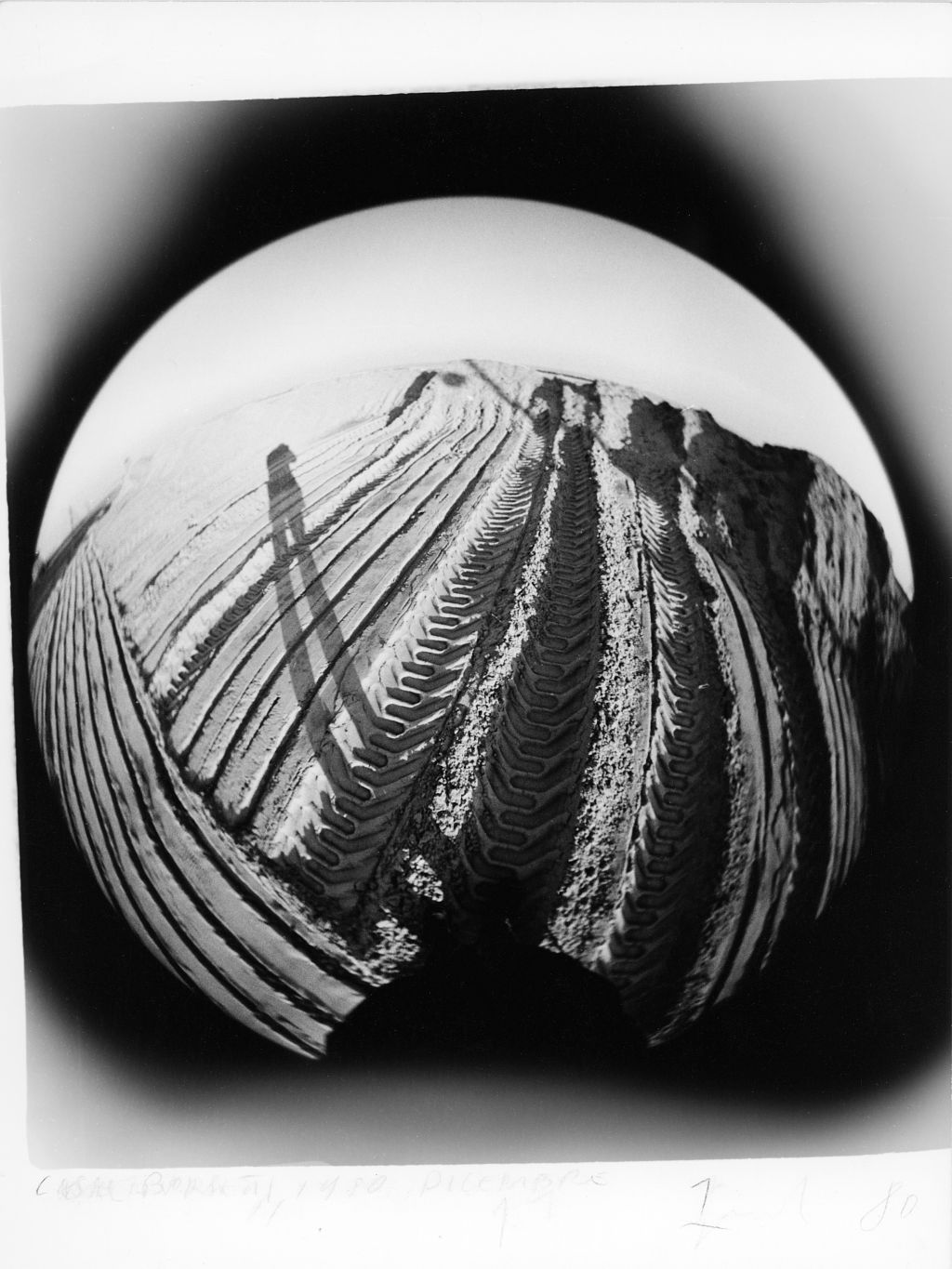
Guido Guidi | Casal Borsetti 1980
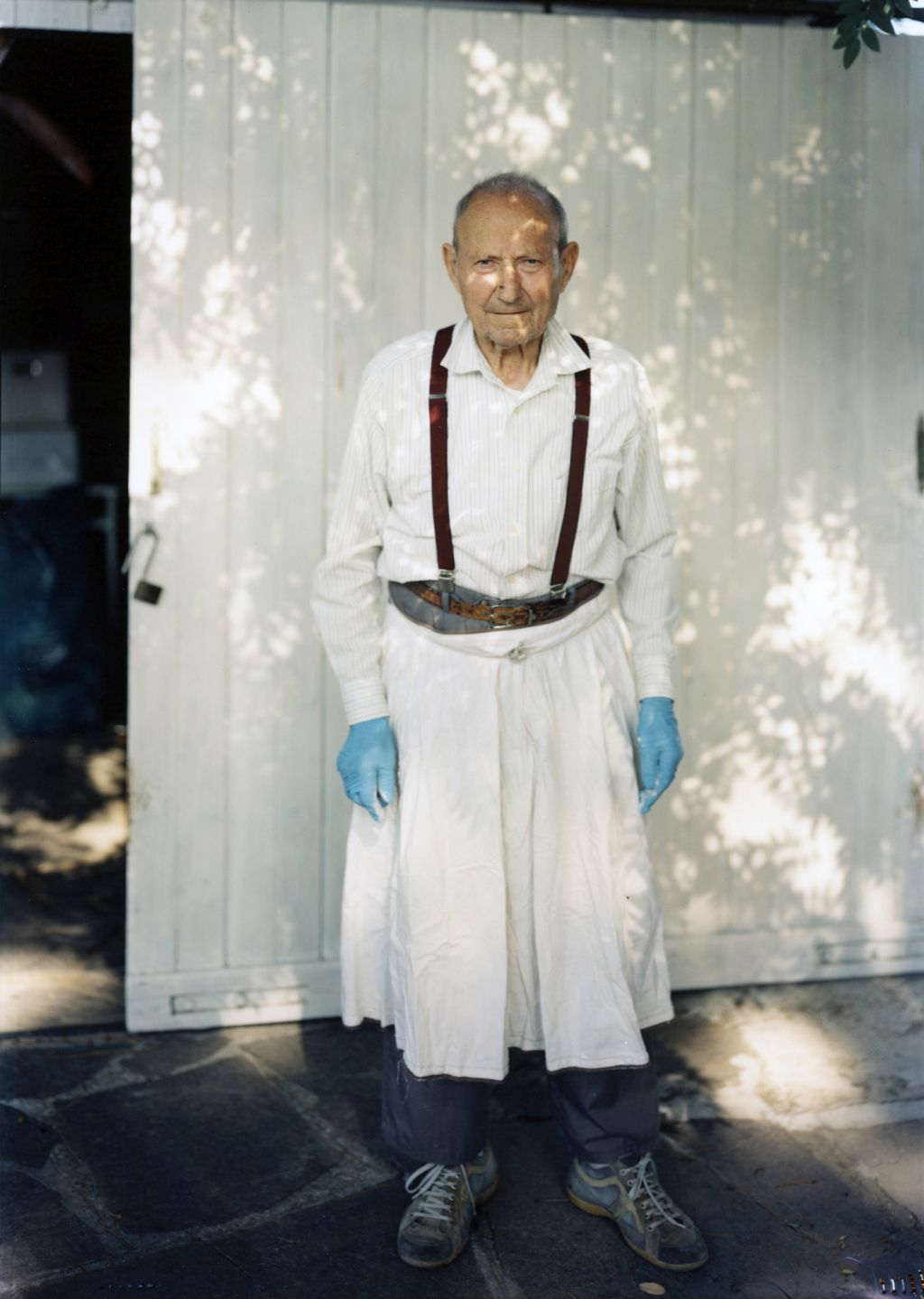
Luca Nostri | Anselmo 2010-2019
CAMERA (OBSCURA) WITH A VIEW OF THE SKY
From the Lunario to the Moon is (quite) a short step. Some forty kilometers away, in San Giovanni in Persiceto, there’s an interesting Astronomical and Naturalistic Area, which is part of the Museo del Cielo e della Terra. Within the area, there are the Giorgio Abetti Municipal Astronomical Observatory and the Municipal Planetarium, where you can also visit an exhibition of minerals and fossils and one of the richest collections of meteorites in Europe.
On the Planetarium ceiling-screen, nine meters in diameter, about 1500 “stars” or (thanks to the connection with the telescope of the astronomical observatory) real objects in the sky are reproduced, from the moon with its craters to Jupiter’s satellites.

All the way around, two hectares full of green, a botanical garden with the spontaneous flora of Emilia Romagna. It’s a place to visit during the day and on starry nights too. In fact, on the occasion of special events, the Gruppo Astrofili Persicetani offers astronomical photography enthusiasts and those who enjoy “guided tours” of celestial phenomena, projections on the dome of the planetarium and explanations for visitors, who can observe the celestial vault (or place a tripod and a camera) lounging on the lawn.

Finally, something very special for photographers: a camera obscura that captures images both through a pinhole and with a system similar to the one used by landscape painters such as Canaletto.
Entering it is like a return to the origins: before digital technologies and even before films, when the images were upside down and, especially, ephemeral.

Guido Guidi. Lunario
Luca Nostri. Quattro Cortili
Until July 4th, 2021
Linea di Confine per la Fotografia Contemporanea
L’Ospitale, Via Fontana 2 – 42048 Rubiera – RE
Planetario e Osservatorio di San Giovanni in Persiceto Area Astronomica e Naturalistica
Vicolo Baciadonne 1 – 40017 San Giovanni in Persiceto – BO
Author
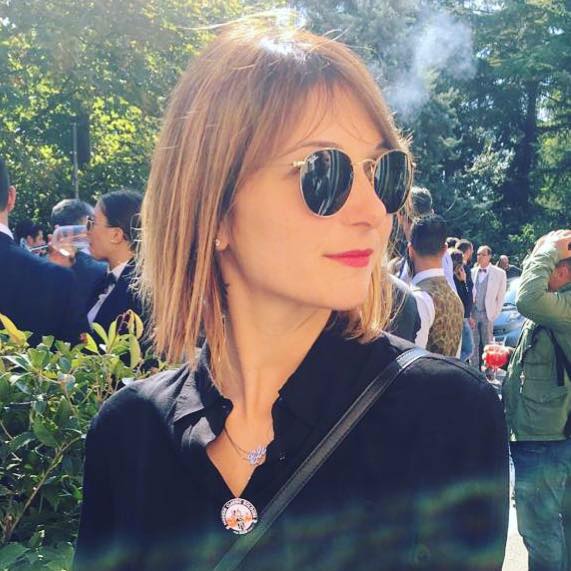
Elisa Mazzini
Social Media Manager for @inEmiliaRomagna and full-time mom.
You may also like
[Emilia Romagna Art Cities] Bologna in 3 minutes
by Elisa Mazzini /// January 18, 2018
Reggio Emilia in 3 minutes – Places to visit and must see
by Giulia Delaini /// February 12, 2018
Curious Museums #inEmiliaRomagna | Bologna and surroundings
by Lo Staff /// December 17, 2017

Interested in our newsletter?
Every first of the month, an email (in Italian) with selected contents and upcoming events.
From Pietra di Bismantova to the World (with the Pangea Photo Festival)
by Paola Sammartano /// June 21, 2021
![[Emilia Romagna Art Cities] Bologna in 3 minutes](https://www.travelemiliaromagna.it/wp-content/uploads/2021/06/bo2016bolognabasilica_san_petroniow13574g1g4break-768x512.jpg)
